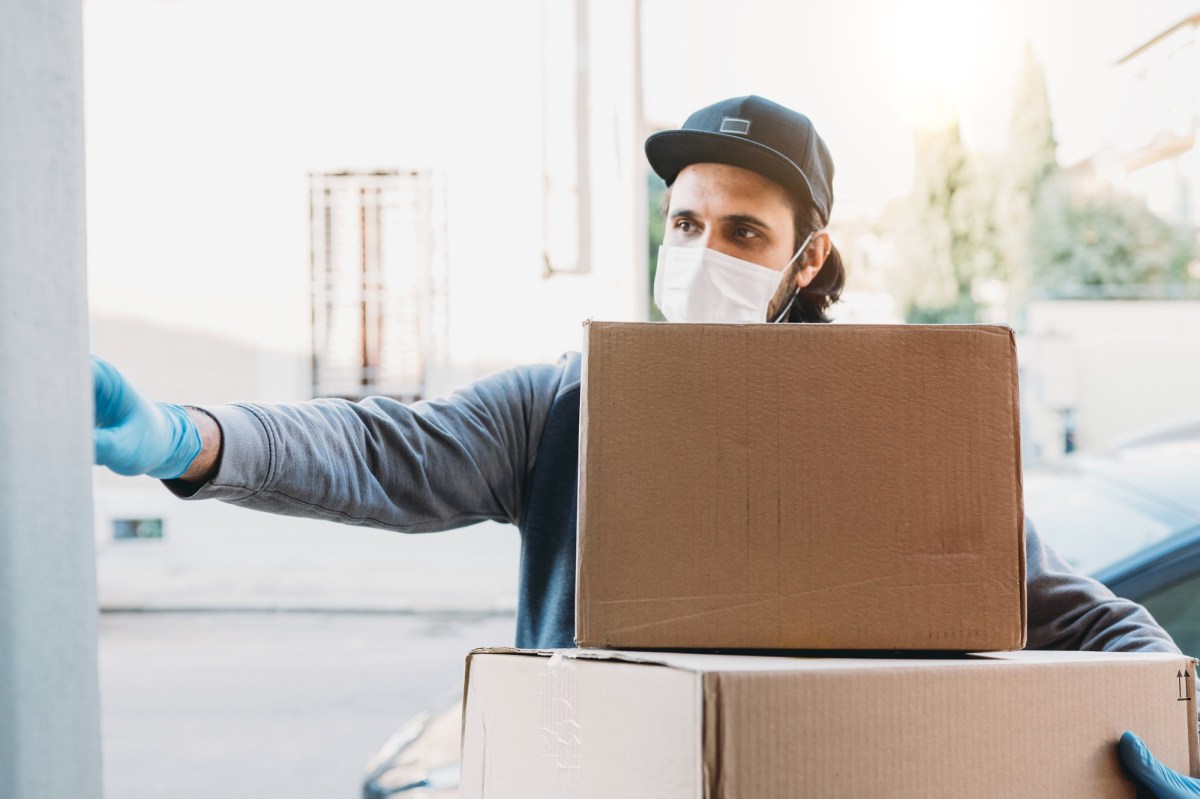The “golden quarter” for retail e-commerce has continued into January 2021, and delivery volumes remain at these new heights for retailers and supply chain logistics.
Australian Retailers Association marked that the growth in post-Christmas sales is rising into the mid-January period, and so is consumer confidence with retail expenditures increasing 3.9 percent year-on-year to $AUD19.5 billion.
Demand has grown exponentially, with Australia Post delivering a record 52 million parcels in December, and so supply chain logistics must be resilient to handle this unprecedented pressure.
According to BluJay’s‘2020 Asia Pacific Report on The Delivery Experience’, the increasing pressure is caused by growing demand and changing consumer delivery expectations intensified by social media leading to an ‘I want it now’ mentality.
The end result of this is only 22 percent of consumers are always satisfied with every single delivery, but 85 percent are satisfied with the overall delivery experience.
Delivery is a key consideration in the consumer purchase journey, with 87 percent of consumers checking delivery information like cost, tracking options and delivery items before purchase.
However, while consumers are interested in extra delivery features, consumers are reluctant to pay more for most features. The only exception is with same day delivery for the 18-49 age bracket, in which they indicated they would be ‘open’ to the possibility.
This is in addition to the continued issues that trouble consumers; unrealistic and inflexible delivery timeframes (including not delivering on Sundays for instance) and not having someone home to receive the product.
With growing consumer demand for e-commerce and expectations for a more seamless delivery experience rapidly rising, supply chains need to be adaptable to meet the changing needs of consumers.
For 2021, this means investment in reverse logistics and contactless delivery.
Reverse logistics is needed more than ever
Consumers care more than ever about reverse logistics with increasing returns over the January period. In fact, 16.4 percent of Aussie shoppers reported they would be turned off by a brand that doesn’t offer free returns, and a further 4.7 percent would avoid shopping with retailers if there was no Click & Collect option available.
For retailers, it is expected they shoulder the cost of returns, yet consumers also want easy return options that are convenient to them. Ease of returns is a large factor in customer satisfaction, if a consumer has to drive 8kms to a store and then line up at the service desk compared to dropping a prepaid return in the post, they’d likely be more satisfied with the second option.
The 18-30-year-old segment want to drop their returns off a designated location or book a courier to collect straight from their door stop. The 31-49-year-old segment mirrors this process, but beyond 50, this changes, with the data indicating the older age group would also consider dropping their returns at the post office.
Offering various options in returns is even more important, considering the reality where a lockdown could be around the corner at any moment and place further pressure on reverse logistics.
However, it is unrealistic to expect every supply chain to offer multiple different returns processes to fit all consumer preferences. Instead, for retailers that lack the capacity to do so, researching your dominant customer in-depth is key to choosing the right returns process that consumers prefer.
With these insights, retailers can rise to expectations and increase the consistency of consumer satisfaction with their reverse logistics.
Contactless delivery is here to stay
The pandemic has made contactless delivery the new standard, with the majority (87%) of Australia and the APAC region preferring this option over other delivery methods.
Carriers have had to retool and rethink the legacy systems in place – virtual signing, robo-drop offs and other technologies have paved the way. Importantly, with second and third waves of the pandemic a real possibility, adapting to increased restrictions in place is a must for logistics to survive and thrive.
For retailers, investing in these solutions need to be backed by historical data and customer feedback. Leveraging these insights, supply chains can achieve a consistent delivery experience that meets customer expectations, like delivering high value items to a customer’s designated safe spot.
Supply chains survived the logistical test of 2020, but we can take these lessons learnt beyond into best practice because these are the new expectations consumers have.
Paul Soong is regional director for Australia and New Zealand at BluJay.

